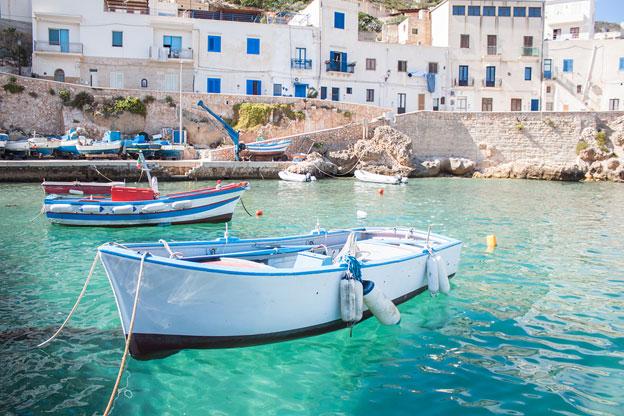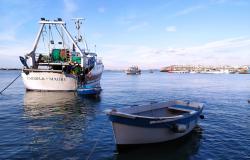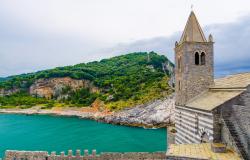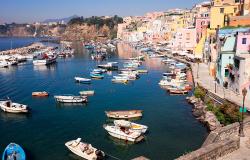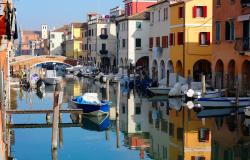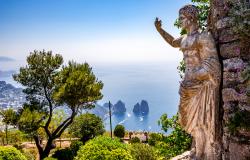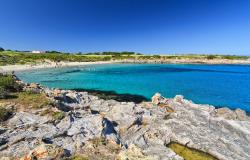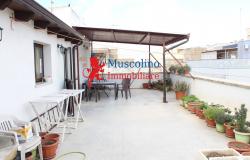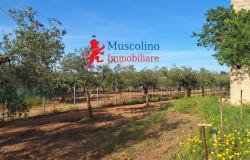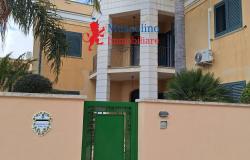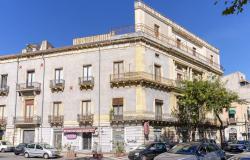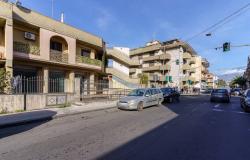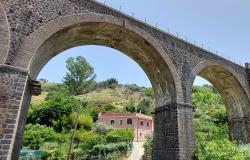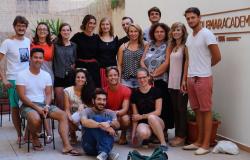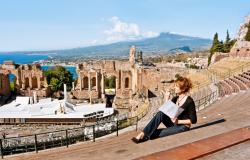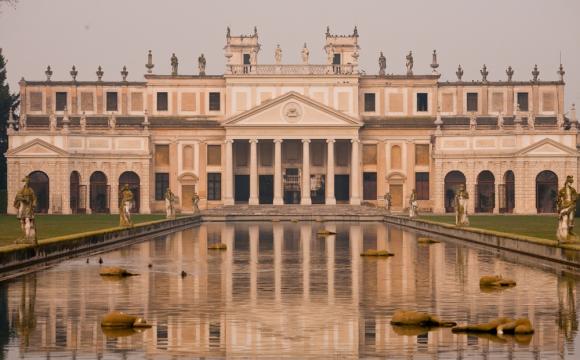Off the northwest coast of Sicily lie the Aegadian Islands (Isole Egadi), a small mountainous group of islands measuring a mere 37 square kilometres (14 sq miles); what they lack in size, they more than make up for in individuality.
Most guide books quote that the island group consists of three islands: Favignana, Levanzo and Marettimo; however, it also includes the two minor islands of Maraone and Formica.
Dating back to prehistoric times, the caves on the islands of Levanzo and Favignana display wall paintings, and the more determined tourist can still venture inside to see examples of both Palaeolithic and Neolithic art.
In 241 BC, the islands witnessed the defeat of the Carthaginian fleet by the Romans, led by C. Lutatius Catulus, which put an end to the First Punic War (264 to 241 BC). Following the end of Roman supremacy, in the first millennium, the islands succumbed at various times to control under the Saracens, Vandals, Normans and Goths.
From the 17th century, the islands belonged to the Genoese family Pallavicini-Rusconi until 1874, when they were sold to Palermo’s Florio family, who helped to create the prolific tuna fishing industry that exists today.
Favignana

The largest of the three main islands, Favignana, with its butterfly shape which locally earned it the name of La Farfalla, is just a 20 minute ferry trip from Trapani. This island that featured in Homer’s Odyssey is genuinely worthy of a day trip and is renowned as being the perfect destination for lovers of white, sandy beaches, including the popular Cala Rossa, often remarked upon as the island's most beautiful bay. The rocky outcrops that rise from crystal clear water offer sunbathers tranquil spots to soak up the sun. Be aware though that the track down to the beach is not really suitable for small children or people with restricted mobility. More accessible is Lido Burrone situated on the south coast, warmed by the jet stream coming from Tunisia, 80 miles away. It has a clean white beach suitable for families, as does Cala Azzurra, which also has an easily accessed bay, with, as the name suggests, a magnificent blue sea.
The waters around the island offer excellent swimming opportunities and are popular with scuba-diving enthusiasts who come to swim inside the sea caves such as the Lovers’ Grotto (Grotta degli Innamorati), the Blue Grotto (Grotta Azzurra) and the one that locals say can be heard moaning during the winter, the Grotto of Sighs (Grotta dei Sospiri).
The main town is dominated by the Arab built fort and watchtower of Santa Caterina and has two main squares, where markets can often be found; however, the once vibrant local market is now often marred by traders selling cheap Chinese imported goods, but the low built houses that surround the piazza are worthy of a photographic opportunity.
The influence of the Florio family can be found at Palazzo Florio near the harbour, and the skeleton of the abandoned Florio tuna fishery.
If you’re looking to soak up the sun on Favignana, my advice would be to travel out of high season, as the beaches during August in particular can be crowded.
Levanzo

Levanzo is the smallest of the three islands and its rocky coastline gives it a more rugged look, however what it lacks aesthetically, it makes up for with drama, making it an ideal place for photography enthusiasts. Much of the island is shaped by hills, with its highest peak being just 278m; the byword for the island is, small. Everything, even the population, is minimal and concentrated in Cala Dogana, the island’s only village.
But as the saying goes, size isn’t everything. Levanzo has a handful of sandy beaches that are less crowded and is the perfect retreat for anyone wanting to escape the excesses of modern living; here, you can unwind and enjoy the relaxed pace of life.
After a morning sunbathing, why not escape the heat of the afternoon inside the Grotta dei Genovesi, where you can study the ancient etchings of Prehistoric man; the artworks are a record of early life and depict scenes of farming, fishing and animal husbandry, giving us an insight into the lives of a people long since gone.
The island has two shops, two restaurants that sell excellent fish dishes and two hotels, meaning it’s not some desolate outpost in the sea; even if, sometimes, there’s nothing better than being in a place where simple pleasures like walking, swimming and taking it easy are all a body needs.
Marettimo
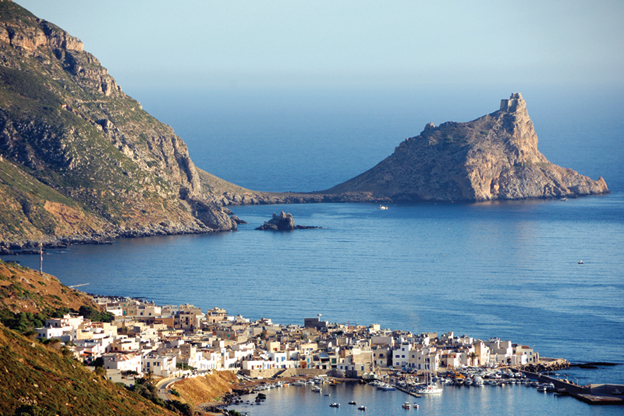
Being 15 miles from the Sicilian coast, the island of Marettimo is the most isolated and the least visited. Its sister islands have suffered from deforestation, mostly due to the impact of increased tourism, but here, on the western side of the island, Aleppo pine groves flourish. People come just to wander along these well-worn paths through the trees that often give glimpses of the dramatic coastline. The island is a haven for bird life and is visited by the European storm petrel and the Bonelli’s eagle, whose numbers have been in decline since the 1950s.
It’s the walking that attracts most people to this island whose name is a mixture of mare, meaning sea, and, timo, the Italian for thyme. Strolling through the low growing macchia mediterranea stirs up a heady cocktail of aromas, ranging from mint through to camomile.
The island has a year round population of around 300, who mostly make their living from the sea, and evidence of this can be found at the harbour where fishing boats bob up and down with the swell of the crystalline sea. Often the locals will take visitors on short boat rides or direct them to areas where scuba diving is popular.
The island has just one large beach and, in comparison to those on the other islands, this is the least impressive, being a mix of sand and pebbles. However, it isn’t the beach that attracts most people here, it’s the sense of history, the moving back in time.
There’s something comforting about being in a space where life continues as it has for many years and the townsfolk know each other’s business. Doors are left open welcoming friends to enter without knocking, there are no cars on the island to increase the speed by which life travels here, and most of the transport requirements are still undertaken by donkey.
The island only has one hotel and a handful of homes that offer a bed and breakfast service, but it does have a good selection of places to eat out. As you’d expect, the restaurants serve superb fish dishes, but beware, the menu and prices are dictated by the day’s catch, and are priced by the gram.
The local population of Marettimo welcome visitors but over the years have fought hard to retain their way of life and have no desire for the increased tourism the other islands have seen. Tourism may bring with it fortune, but the people of this isolated paradise feel they are already wealthy.
Getting There
Siremar and Ustica run hydrofoils and ferries from Trapani to all three islands. Ustica ferries also run from Marsala to Favignana and Marettimo. Tickets can be purchased from kiosks at the port and fares vary.
Some operators run organised excursions, which often include lunch. Again prices vary as does the itinerary.
During high season, to be sure of securing a ticket, it’s advisable to buy it a day or two in advance rather than turn up hoping to get passage.
